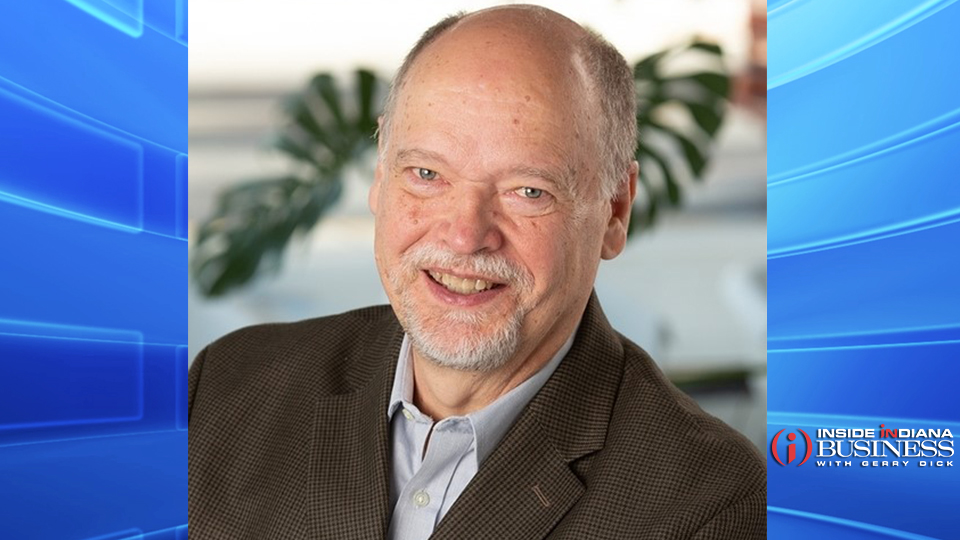Who will step up to advance small nonprofit capacity?
Subscriber Benefit
As a subscriber you can listen to articles at work, in the car, or while you work out. Subscribe Now
Lilly Endowment Inc. probably hasn’t received the societal praise it deserves when considering its history of capacity building among nonprofits. Their foresight and leadership have been a welcome catalyst to growth and change. I think it’s time for leaders in many smaller organizations to aspire to a similar type of transformation. Will a funder out there be willing to be the catalyst for their next steps?
My perspective on capacity building in nonprofits (NFP’s) has changed over the years. With some NFP’s, I know one must question if the acronym represents not-for-profit or not-for-posterity. My initial concerns were as a volunteer, donor, or board member; then they became customers and later, I became staff. Now, I’m fortunate to work with many around the State in a consulting capacity where I challenge organizations to plan, organize, develop, and connect.
Going back a few decades, I recall the Endowment’s “Giant Step” initiative and how it served to advance United Ways and Funds. Among other programs, since 1990, the Endowment has offered a series of transformational initiatives and programs under the GIFT (Giving Indiana Funds for Tomorrow) banner. That program helped “strengthen community foundations in Indiana and build their capacity to support the needs of their local communities.” It successfully grew from a mere 12 community foundations to where today, one serves every Indiana county.
Why are smaller NFP’s important? Let’s face it, the public and private sectors will never be effective at meeting all of the needs of our society. Enter the third sector, or NGO’s (Non-Governmental Organizations,) as they were labelled by the United Nations in 1945. These grass-roots groups play a valuable role but are often left treading water as public officials squabble over funding them, while they try to prove their value to donors, foundations, and corporate funders.
Investing in the growth of nonprofits makes sense. With nearly 1.85 million existing in the United States today, few areas are left untouched by the selfless giving and gatherings of like minds and causes. With nearly 50% more charitable nonprofits today than there were just 12 years ago it’s concerning. This rapid growth hasn’t always translated into efficiency or effectiveness. I often find leaders have a passion for the cause, but not the necessary skills for advancing the mission with vision.
Fortunately, many community foundations for which the Endowment served as catalyst, have gained an appreciation for the need to help nonprofits in their communities build their own capacity. As a result, I’ve worked with several foundations on presenting capacity-building workshops targeting nonprofits with minimal to no staff. It is obvious that many are overwhelmed with a variety of issues. Some are transitioning staff, others are at a loss as to where to recruit new board members, still others struggle with donor retention, and there are those that find themselves on the special events hamster wheel.
Executives of proactive organizations seem hungry for information. Our topics have included strategic planning, building donor relationships, eliminating funding barriers, board governance, collaborative projects, volunteerism, communications and awareness, financial accountability, how to develop their story, and more. They are all areas where they find challenges and areas where they appreciate sound advice, but guess what, I’m often “preaching to the choir.”
Many organizations crave more board support and better access to professional guidance, coaching, and accountability. In some instances, board members could be capable of providing assistance and in others, an intern. Yet they’re restrained by a lack of funding to engage help, professional or otherwise, which is where some community foundations have stepped up. However, there are other resources that have the ability to assist.
I often encourage organizations to reach out to major donors and corporations as they seek to build their capacity. After all, who can better relate to the need to become more “business like?” Most understand the need to attain and develop the next level, which can then support itself.
Ultimately, most organizations do not debate the “why” of capacity building but rather the “how.” There’s no lack of vision, just frustration at being unable to accomplish it. This contributes to additional turnover and the cycle starts over again.
With the Boomer generation leaving the workforce and losing their valuable experience, and explosive growth in both organizations and needs, there has never been a more important time to support the capacity building of our nonprofits. The “students” are there, it’s time to consider engaging their “teachers” and transforming ailing organizations through personalized education and coaching.
Given that knowledge, I’ll repeat my question in the opening paragraph. Will a funder out there be willing to be the catalyst for their next steps?
David J. Fry, MPS,CDT is Founder/CEO of Effective Advancement Strategies in Greensburg and author of Build a Nonprofit Castle. He consults with businesses and nonprofits throughout Indiana. He may be contacted at strategies@etczone.com
